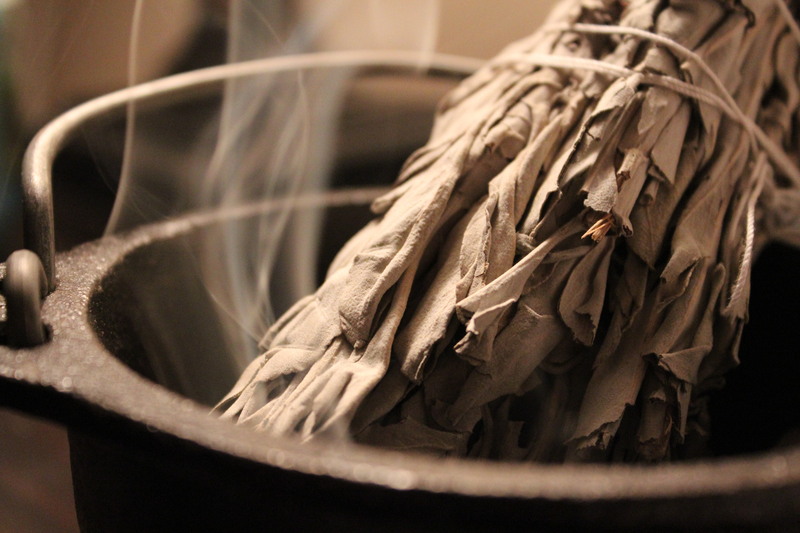Simplify the process of relocating your bed and mattress
Posted on 01/07/2025
Simplify the Process of Relocating Your Bed and Mattress: A Comprehensive Guide
Planning a move is both exciting and daunting, especially when it comes to handling large and bulky items like your bed and mattress. If you're anxious about how to simplify the process of relocating your bed and mattress, rest assured--this guide will walk you through each step, ensuring your prized sleeping setup arrives safely and stress-free. Read on for proven strategies, practical tips, and essential tools to make your relocation experience streamlined and productive.

Why Proper Bed and Mattress Relocation Matters
Safely moving your bed and mattress impacts not only their longevity but also your comfort and hygiene. Improper transportation can result in damage, stains, or even mold growth if not managed correctly. Follow these guidelines to guarantee a simple, efficient, and clean transition of your sleeping essentials to your new home.
Planning Your Bed and Mattress Relocation
1. Assess the Bed and Mattress
- Measure the size and weight of your mattress and bed frame.
- Inspect for pre-existing damage to address weak points or delicate areas.
- Identify if the bed can be easily disassembled and reassembled.
- Check whether your mattress shape allows it to be bent or rolled (only for specific types, such as memory foam).
2. Gather Essential Materials and Tools
- Mattress bag or cover (for protection against dirt and moisture)
- Moving straps or lifting slings
- Furniture blankets or pads
- Zip ties, screwdrivers, or Allen wrenches for bed frame disassembly
- Duct tape and plastic wrap
- Marker and small bag for hardware organization
3. Develop a Relocation Timeline
- Create an inventory list including all bed frame components and mattress
- Schedule enough time for each step; rushing increases accident risks
- Consider your moving route and clear obstacles ahead of time
Step-by-Step Instructions to Relocate Your Bed and Mattress Effortlessly
Step 1: Disassemble the Bed Frame
- Remove Bed Linens and Accessories: Strip off sheets, pillows, comforters, and toppers. Launder beforehand for freshness in your new place.
- Take Pictures: Before disassembly, take photos of your assembled bed. Images will serve as a handy reassembly reference.
- Detach Headboard, Footboard, and Rails: Use the correct tools and keep all screws and bolts in a clearly labeled zip bag. Attach the bag to one of the larger frame pieces with tape.
- Label Parts: Place labels with masking tape on each part (e.g., left rail, headboard) for easier reassembly.
Step 2: Prepare and Pack Your Mattress
- Clean the Mattress: Vacuum both sides and air out if time permits.
- Cover the Mattress: Slip it into a heavy-duty mattress cover. These are essential to protect against dust, rain, and accidental tears.
- If a mattress bag is unavailable, use two layers of plastic wrap sealed tightly with duct tape.
- Handle With Care: Mattresses can be heavy and awkward; recruit at least one partner for safe lifting.
Step 3: Moving the Bed Components
- Cushion Sharp Edges: Wrap corners and protruding parts of the bed frame in moving blankets or towels to prevent wall and door scratches.
- Use Moving Straps: Loop lifting straps under the mattress and frame for easier carrying and to avoid straining your back.
- Navigate Carefully: Move through doorways and hallways slowly. Tilt mattresses vertically as needed, but never fold those not designed for it (such as innersprings or hybrids).
Professional Tips to Simplify Moving Beds and Mattresses
1. Utilize Door Stoppers and Furniture Sliders
- Keep doors open with stoppers--it frees your hands and avoids scratched surfaces.
- For floors, place furniture sliders under heavy frame pieces to prevent dragging and reduce noise.
2. Rent or Buy a Moving Dolly
- A sturdy moving dolly makes transporting both mattress and disassembled frame remarkably simpler.
- Check local hardware stores or consider rental services.
3. Timing and Weather
- Plan for early morning or evenings--less traffic, cooler temperatures, and less stress.
- If rain is forecast, have extra tarps or plastic ready to keep your mattress dry.
4. Storage Considerations
- If your move involves temporary storage, choose a climate-controlled facility. Mattresses and wooden frames are vulnerable to humidity and temperature extremes.
- Store the mattress flat, not on its side, to prevent misshaping, unless manufacturer guidelines say otherwise.
Streamlining Your Bed and Mattress Relocation Process
Should You Hire Movers?
When looking to simplify the process of relocating your mattress and bed frame, sometimes the best solution is to hire professional movers. Reputable movers will not only provide all necessary tools, but also guarantee safe handling and efficient loading/unloading.
- Pros: Saves time, minimizes effort, and reduces risk of injury or property damage.
- Cons: More expensive than a DIY move, requires scheduling in advance.
DIY Bed and Mattress Moving: Cost-Effective and Empowering
- Enlist friends or family for lifting and navigating tight spaces.
- Rent a suitable vehicle--a pickup truck or van for easy loading.
- Ensure you have adequate padding materials to protect both the mattress and the bed frame.
Common Challenges and How to Overcome Them
1. Narrow Hallways & Doorways
- Measure all passages and compare with the dimensions of your mattress and frame pieces before moving.
- Some doors can be removed from their hinges for extra clearance; remember to replace them afterward.
2. Stairs and Tight Angles
- Tilt the mattress vertically and lead with the top edge for better control around tight corners.
- For large bed frames or headboards, plan alternate routes or even consider temporary outdoor movement (through windows or patios) if practical and safe.
3. Mattress Sag and Shape Retention
- Never fold or roll spring or hybrid mattresses unless manufacturer guidelines allow.
- For foam or latex mattresses that permit rolling, use the product's original packaging if available.
Eco-Friendly Tips: Relocate Sustainably
- Choose reusable mattress bags or wraps instead of single-use plastics.
- Donate or recycle packaging materials post-move.
- Dispose of old mattresses responsibly--many cities offer mattress recycling programs or services.
After the Move: Reassembling with Ease
1. Inspect for Damage
- Check both the bed frame and mattress for any scuffs, dents, or tears. Address these issues before reassembly to ensure longevity.
2. Assemble in the Right Order
- Refer back to your pre-move photos and notes.
- Lay out all labeled parts and hardware for easy access.
- Securely tighten bolts and screws without overtightening, which could strip threads or harm the frame.
3. Mattress Placement and Care
- Allow the mattress to breathe for a few hours before making the bed--this dissipates odors and lets the materials expand back into shape.
- Reapply a clean mattress protector to enhance durability and hygiene in your new room.
Key Takeaways: Make Relocating Your Bed and Mattress Stress-Free
- Preparation is crucial--start early, gather the right materials, and have a strategy.
- Disassemble and protect your bed frame and mattress using ample padding and proper covers.
- Leverage tools like dollies and straps to move safely and efficiently.
- Consider hiring professionals for difficult moves or if you're limited by time or manpower.
- Inspect and carefully reassemble your bed for optimal comfort in your new home.

Frequently Asked Questions: Simplifying Bed and Mattress Moves
Q: How do I move a king-size mattress by myself?
A: Moving a king-size mattress alone is challenging and potentially unsafe. Always ask for assistance, use moving straps, and ensure the mattress is properly wrapped for protection. Carefully plan your path and remove obstacles before starting.
Q: Can I fold my mattress for easier moving?
A: Only foam and latex mattresses can be safely folded or rolled, and even then, only for short periods. Never fold innerspring or hybrid models, as this can cause permanent damage.
Q: What's the best way to protect my mattress in transit?
A: Use a heavy-duty, waterproof mattress bag tightly sealed with packing tape. For added protection, cover with a moving blanket.
Q: Are there any eco-friendly ways to move mattresses?
A: Yes! Use reusable covers and donate or recycle packaging whenever possible.
Conclusion: Enjoy a Simpler Bed and Mattress Relocation
With careful planning, the right tools, and this in-depth approach, you can effortlessly simplify the process of relocating your bed and mattress. Whether you opt for a full DIY strategy or hire professional movers, preparation and protection are your keys to success. By following these practices, you'll not only safeguard your valuable sleeping space but also ensure a smooth and stress-free transition to your new home.
Now that you know all the expert tips and tricks, the next time you face a bed and mattress move, you can rest easy--literally and figuratively!



